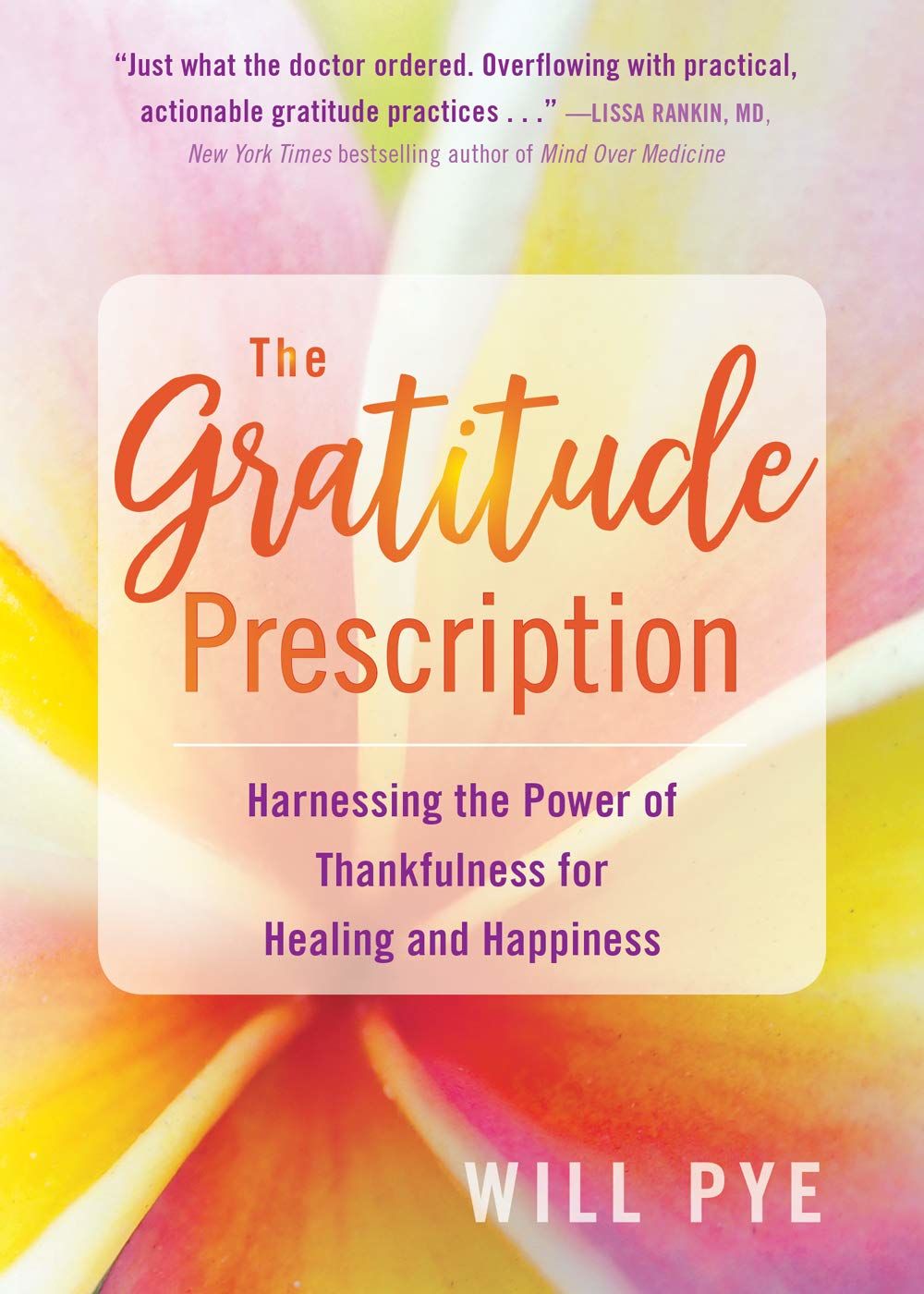“You can only lose what you cling to.”
Buddha
Spring is in the air, and it’s my favorite time of the year. It might have to do a bit with the fact that I was born in March. But, in all honesty, what I also Iove so much about this time is the lighter, sunnier days, the smell of flowers and trees blossoming, and the delicious, fresh, clean air. If you’re like me, you’ll be doing spring cleaning, especially in the spirit of the well-known yama, aparigraha, letting go of possessions that no longer serve us. (Aparigraha is Sanskrit; a means “non” and parigrah means “amass” or “seize.” Combined, it means the opposite of accumulation or clinging.)
In her book The Life-Changing Magic of Tidying Up: The Japanese Art of Decluttering and Organizing, Marie Kondo encourages readers “to cherish the things that spark joy in one’s life” and “to let go” of belongings that don’t. She teaches “to put everything in one big pile, taking each item one by one and keeping only things that spark joy.” The rest is to be thrown away. Kondo, it seems, measures clients’ success by how many trash bags they fill and get rid of. Simplifying one’s life by organizing and reducing clutter can create a liberating, rewarding, and joyful effect. But here’s the thing:
If we simply throw everything away or donate it, without considering the wastefulness inherent in that kind of strategy, we’re defeating the purpose of a non-clinging intention.
But, it doesn’t have to be that way. Despite evidence to the contrary, I believe we are in a time where we want to be conscious about the environment, particularly when it comes to how we dispose of our unwanted clutter. We are often left wondering what to do once we’re ready to let go of belongings that have already seen their share of wear and tear. Luckily, there are various ways to be mindful and sustainable when ridding ourselves of what we no longer need. Here are seven ways we can give our clothes a second life while making an environmentally-conscious impact:
- Swap until you drop. Do you have clothes – perhaps even books, toys, kitchenware, and furniture – that no longer suit you? Create a new tradition: organize a swap party with family, friends, coworkers, or any other group of people you share activities with. Encourage them to save things they no longer need or use and bring them to the swap party to exchange with one another’s items. It’s fun and an easy way to get new clothes and other items without spending any money or creating waste. The remaining items that don’t get swapped can then be donated.
- Consider consignment. Do the items you’ve chosen to part with still have tags or are in a pretty good condition? You can join a site like Tradesy or thredUP. They will accept items in good condition to sell, and you can earn money – often without ever leaving your home.
- Host a garage sale. If you have the space, time, and energy, a garage sale can be fun, a great way to connect with people in your neighborhood, and is an opportunity for you to give away and sell used items in a conscientious way.
(You might consider donating the proceeds from #2 + #3 to organizations of your choice!) - Upcycle. Old clothing items such as cotton T-shirts, tops, and bottoms, as well as linens make great rags. Think about cutting them into squares of fabric for cleaning, napkins, hankies, and more. Don’t be afraid to get creative!
- Recycle. Recycling is always a good idea, but we can’t always be sure of where the items will end up and how they’ll be recycled. Luckily, the following organizations have made it their mission to offer a transparent loop, and many partner with local retailers for convenient drop-off.
- Blue Jeans Go Green: Recycle old denim at stores across the country such as Madewell, J. Crew, and Rag and Bone.
- Consider donating your old shoes to local charities, repurposing them for gardening or DIY projects, or checking if nearby stores offer recycling programs.
- Terracycle: Make a positive impact on our planet with Terracycle’s zero-waste boxes, specifically for textiles. While pricey, they allow you to recycle almost every type of waste.
- Donate clothes to retailers (and receive a discount!). Today, many businesses are becoming more socially-conscious than ever before. Many will accept donated clothes in exchange for store credit or a discount. While some retailers use outside organizations (see above), some have their own in-house initiatives. To name a few; Reformation, which utilizes textile recycling, and Madewell, which turns your old denim into housing insulation for local communities in need and give you $20 off your next pair.
- Get thrifty. Many thrift shops support communities in need. I would suggest checking them out before you head out the door. Housing Works will take donations for clothes, books, and other items. Habitat Restore often partners with nonprofits and churches to support the communities they serve.
- Seek out local organizations. Consider local chapters of nonprofits that could use our excess clothing. Community organizations, such as Dress for Success, Career Gear, and Back On My Feet will often accept gently-used clothing or shoes to those in need of a fresh start.
Last but not least (as I will often conclude), the best option is to opt for items you don’t need to dispose. We can move as much toward a minimalist lifestyle, as well as a low-waste lifestyle, as we can manage in this modern, convenient world.














One reply on “A Conscious Guide to Spring Cleaning”
Thanks so much for this article and the resources!